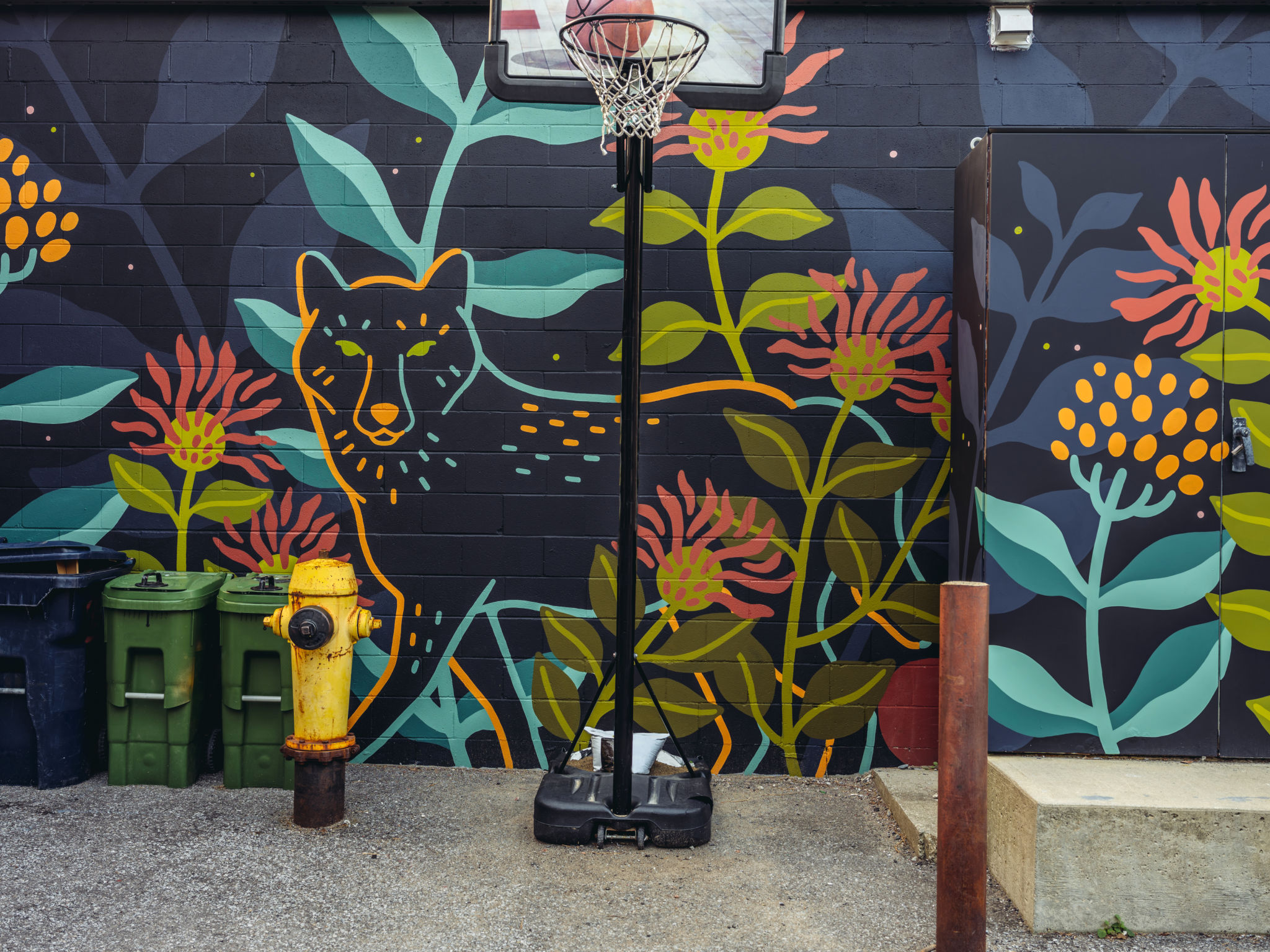DIY Plaster Repair: Tips for Fixing Common Wall Issues
Understanding Common Plaster Problems
Plaster walls are a staple in many homes, offering a smooth and durable surface. However, over time, they can develop issues such as cracks, holes, and bulges. These problems are often the result of natural settling, moisture damage, or accidental impact. Fortunately, with the right tools and techniques, you can address these issues and restore your walls to their former glory.

Tools and Materials You'll Need
Before you begin any plaster repair project, it's important to gather all necessary tools and materials. Here's a quick checklist:
- Joint compound or plaster mix
- Putty knife
- Sandpaper (medium and fine grit)
- Plaster patching tape
- Paintbrush
- Primer and paint
Having these items on hand will make the repair process smoother and more efficient.
Repairing Small Cracks and Holes
For small cracks and holes, a simple patch job can do the trick. Start by cleaning the area with a damp cloth to remove any dust or debris. Apply a thin layer of joint compound over the crack with a putty knife, spreading it evenly. Press plaster patching tape over the compound and smooth out any bubbles. Once dry, sand the area gently until it's flush with the wall surface.

Dealing with Larger Cracks
Larger cracks require a bit more attention. First, widen the crack slightly with a utility knife to create a V-shape. This allows the compound to adhere better. Fill the crack with joint compound, then apply plaster patching tape over it. Add another layer of compound over the tape and feather the edges for a seamless finish. After it dries completely, sand it smooth.
Fixing Bulges in Plaster
Bulges often occur due to moisture infiltration or structural issues. To fix this, carefully cut away the bulging plaster to reveal the underlying lath or drywall. Remove any loose debris, then fill the area with new plaster or joint compound. Use a putty knife to level it with the surrounding wall. Allow it to dry thoroughly before sanding.

Sanding and Finishing Touches
Once your repairs are complete, take the time to sand the patched areas using medium-grit sandpaper, followed by fine-grit for a smoother finish. It's crucial to ensure that the patched area blends seamlessly with the rest of the wall. After sanding, wipe down the wall with a damp cloth to remove any dust.
Priming and Painting
The final step in your DIY plaster repair project is priming and painting. Apply a coat of primer to the repaired areas to seal the surface and ensure even paint coverage. Once the primer is dry, paint over it with your chosen wall color using a paintbrush or roller. This not only enhances the aesthetic appeal but also provides an additional layer of protection.

With these steps, you can effectively tackle common plaster issues in your home. Taking the time to repair your walls not only improves their appearance but also enhances their longevity. Remember that regular maintenance can prevent many of these problems from occurring in the first place, keeping your walls looking their best for years to come.
